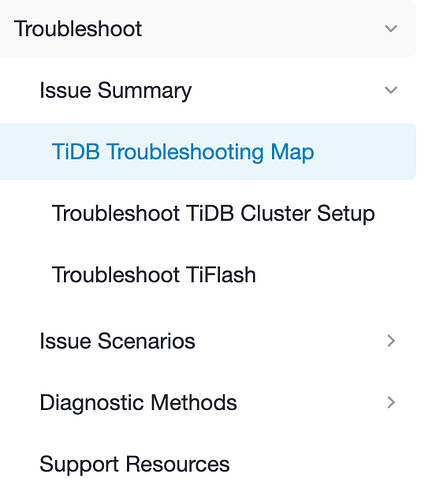Hello there,
I am managing a TiDB cluster and have been noticing some performance bottlenecks as our data and workload scales up. We have been using TiDB for about a year; and its been a fantastic experience overall. Although; as our data size has grown; so have the complexities in maintaining optimal performance.
We are running a three node TiDB cluster with TiKV and PD also distributed across three nodes.
The total data size is approaching 2TB; with significant write and read operations.
Our workload consists mainly of OLTP transactions; but we also run complex analytical queries occasionally.
What are the best practices for indexing in TiDB to handle both high write throughput and complex read queries? Are there specific index types or configurations that are more effective for larger datasets? ![]()
How can we optimize our schema to reduce latency and improve performance? Are there specific design patterns or anti-patterns to be aware of when scaling TiDB?
Which metrics should we focus on to diagnose and address performance issues? Also; what tools or techniques do you recommend for monitoring and tuning TiDB performance? ![]()
Also; I have gone through this post; https://ask.pingcap.com/t/subquery-execution-plan-blue-prism/ which definitely helped me out a lot.
As we consider scaling our cluster; what hardware specifications are crucial for maintaining performance? Are there particular configurations that have worked well for others in the community? ![]()
Thank you in advance for your help and assistance. ![]()
